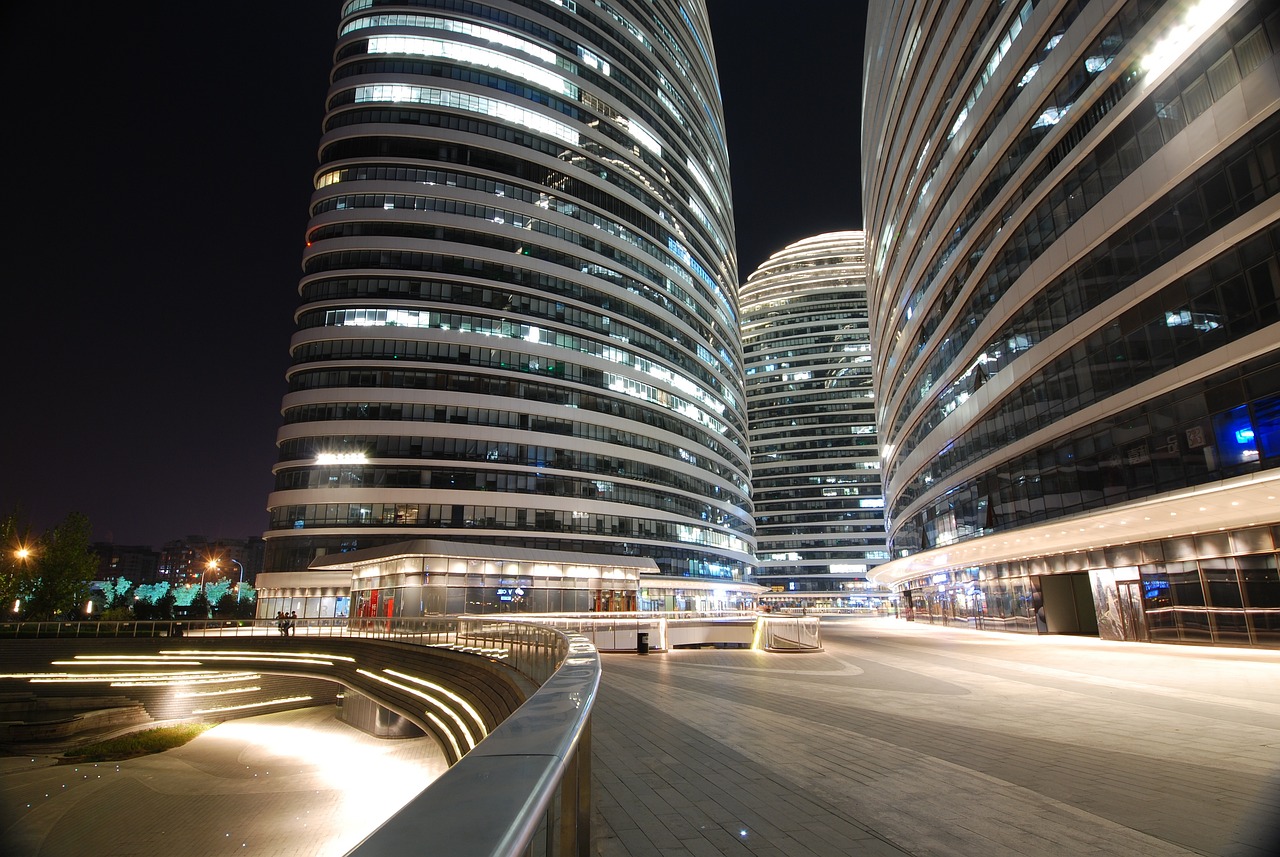The Influence of Biomimicry in Inspiring Business Innovations
Biomimicry, a term derived from “bio” meaning life and “mimicry” meaning to imitate, is a design approach that draws inspiration from nature to solve human challenges. By emulating biological systems, organisms, and processes, biomimicry seeks to create innovative and sustainable solutions that are in harmony with the natural world. This interdisciplinary practice combines principles from biology, engineering, design, and sustainability to develop products, materials, and technologies that are not only efficient but also environmentally friendly.
The core principle of biomimicry is to learn from nature’s time-tested strategies and adapt them for human applications. By studying the intricate patterns, structures, and functions found in nature, designers and engineers can create solutions that are optimized for performance and resource efficiency. Biomimicry encourages a shift from viewing nature as a source of raw materials to a source of inspiration, leading to the development of products and technologies that promote both environmental conservation and human well-being.
Examples of Biomimicry in Business
Biomimicry in business has become increasingly popular as companies look to nature for innovative solutions. One such example is the design of Japan’s Shinkansen bullet train, which was inspired by the shape of a kingfisher’s beak. By mimicking the bird’s sleek design, engineers were able to reduce the train’s noise levels and increase its speed, making it more energy efficient.
Another notable example is the development of Velcro, which was inspired by the way burrs stick to clothing. Swiss engineer George de Mestral noticed the burrs’ ability to cling to fabric and used this concept to create the hook-and-loop fastening system that we now know as Velcro. This ingenious design has since been applied in countless industries, from fashion to aerospace, showcasing the impact of biomimicry in driving innovation in business.
What is biomimicry?
Biomimicry is the practice of imitating nature’s designs and processes to solve human problems and create sustainable solutions.
How can businesses benefit from biomimicry?
Businesses can benefit from biomimicry by improving product design, increasing efficiency, reducing waste, and creating more sustainable practices.
Can you provide some examples of biomimicry in business?
Some examples of biomimicry in business include Velcro, which was inspired by the way burrs stick to clothing, and the Shinkansen bullet train in Japan, which was designed to be more aerodynamic like a kingfisher bird.
How can businesses incorporate biomimicry into their operations?
Businesses can incorporate biomimicry by studying how natural systems operate and applying those principles to their own products, processes, and strategies. This can involve redesigning products to be more efficient, improving energy usage, or even redesigning office spaces to be more environmentally friendly.
Is biomimicry limited to certain industries?
No, biomimicry can be applied to a wide range of industries including architecture, transportation, energy, and consumer goods. Any business can benefit from looking to nature for inspiration and guidance in their operations.






